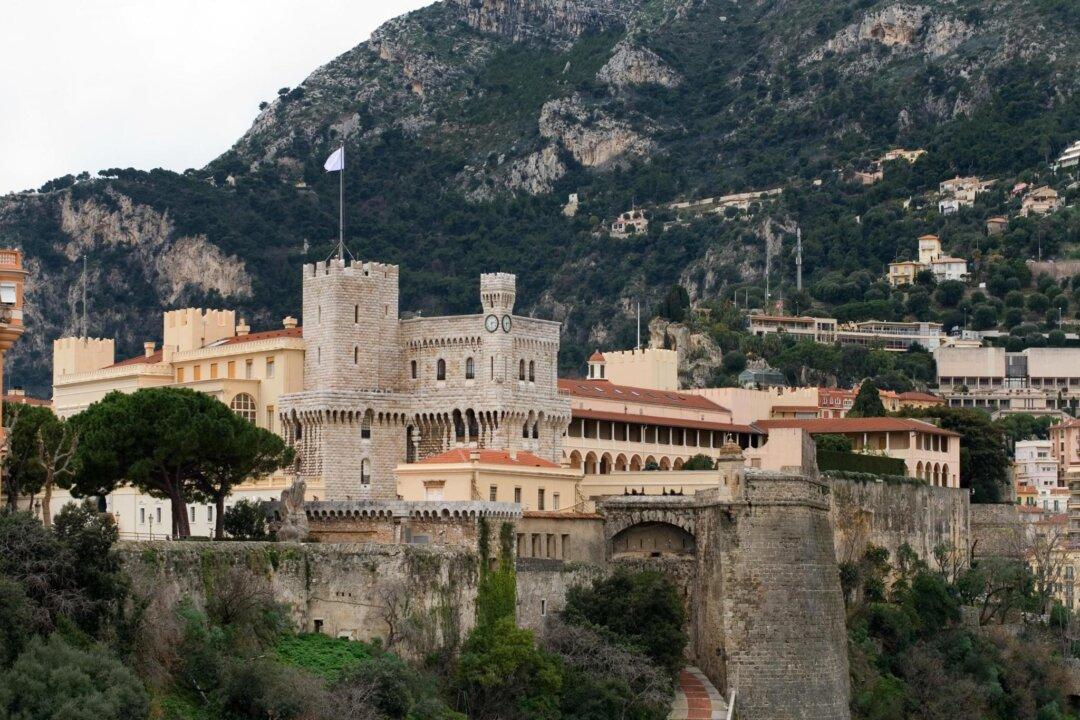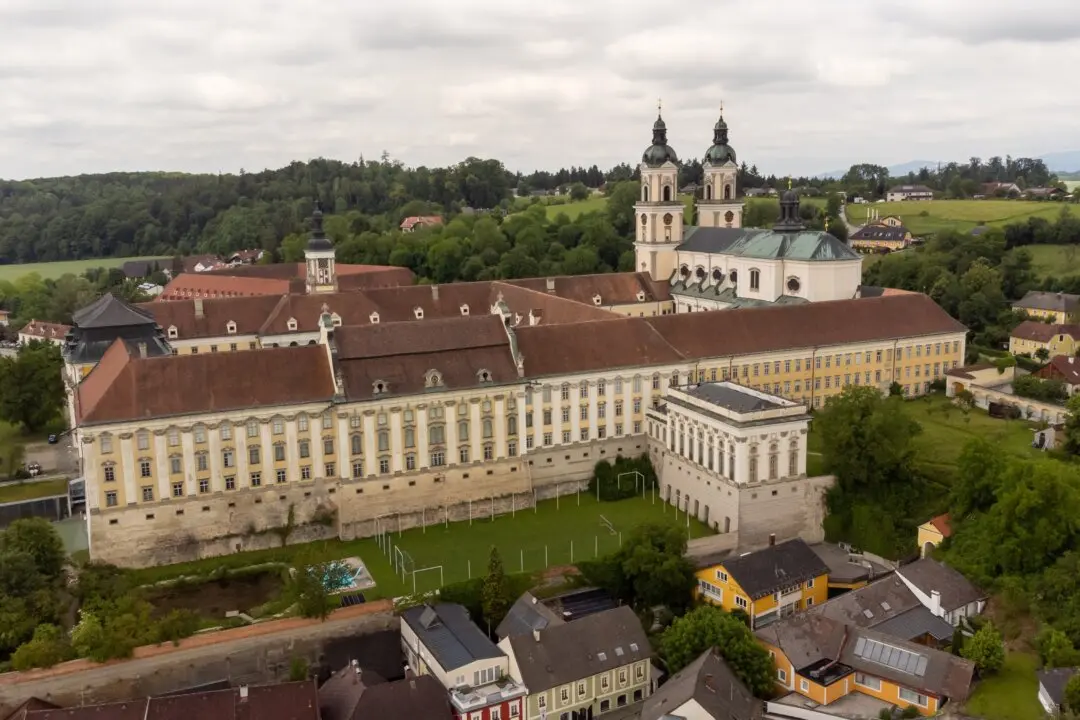What is now referred to as the Prince’s Palace of Monaco began as a characteristic medieval fortification perched conspicuously on the Rocher de Monaco, or Rock of Monaco, overlooking the Mediterranean Sea. From 1191 to the 1500s, the structure’s architecture was indicative of a castle design, with battlements sporting machicolation openings between supporting corbels, watchtowers, keeps, and arched or slit windows.
However, when the sovereign city-state in Western Europe determined that the fortress needed to become the sumptuous royal residence, a section was transformed. It was architecturally renovated to reflect primarily Italian Renaissance style, which is based on classical Roman design elements. Highly embellished baroque influences were added as well.





